Trekking skiing, also known as ski touring, is one of the most thrilling ways to explore winter landscapes. If you’re new to trekking skiing, you might be wondering where to start. Don’t worry! This guide will walk you through everything you need to know to get started on your first trekking ski adventure.
What Is Trekking Skiing?
Trekking skiing is a hybrid of hiking and skiing. Unlike traditional skiing, which happens at resorts with ski lifts, trekking skiing takes you off the beaten path. You climb uphill using specialized equipment and then ski down natural slopes, giving you a sense of adventure and freedom.
Key characteristics of trekking skiing:
Backcountry exploration: Trekking skiing happens in unmarked, ungroomed areas.
Self-sufficiency: You climb using your own strength—no ski lifts here!
Connection with nature: It’s all about enjoying the peace and quiet of winter landscapes.
Why Trekking Skiing Is Perfect for Beginners
Trekking skiing might seem intimidating, but it’s actually a great entry point for newcomers to skiing. Here’s why:
1. Pace yourself
Unlike resort skiing, you can take your time. There’s no rush to catch the next lift.
2. Build skills gradually
Trekking skiing combines elements of hiking and skiing, so it’s an excellent way to ease into skiing techniques.
3. Accessible terrain
You can start on gentle slopes and work your way up to more challenging routes.
4. Fitness boost
Trekking skiing is a full-body workout, perfect for those who enjoy staying active.Essential Trekking Ski Gear for Beginners
One of the most important steps in preparing for trekking skiing is choosing the right equipment. Here’s what you’ll need:
1. Trekking Skis
Trekking skis are lightweight and versatile, designed for both uphill climbs and downhill runs. For beginners:
- Shorter skis are easier to control and maneuver.
- Skiblades or short skis can also be an option for easier handling and a playful experience.
Walkski
Walkski by Snowfeet are the first trekking skis with bindings for regular winter boots. Walkski are short and light trekking skis with innovative bindings for winter boots. If you are a fan of comfortable skiing and diversity, Walkski are the right choice.
2. Bindings
Trekking ski bindings are different from traditional ski bindings. They allow your heel to lift while climbing uphill and lock down for downhill skiing. Look for:
- Frame bindings: Beginner-friendly and compatible with most ski boots.
- Tech bindings: Lightweight and great for longer tours (may require specific boots).
3. Ski Boots
Your boots should be comfortable, warm, and compatible with your bindings. Trekking ski boots have a flexible mode for climbing and a locked mode for downhill stability.
4. Skins
Skins are strips of material that attach to the bottom of your skis to provide grip when climbing. They’re essential for uphill sections.
5. Poles
Adjustable trekking poles are recommended for beginners. You can shorten them for climbing and lengthen them for skiing downhill.
6. Safety Gear
Venturing into backcountry terrain comes with risks. Always carry:
- Avalanche transceiver.
- Shovel and probe.
- First aid kit.
- GPS or map.
Learning the Basics: Tips for Trekking Ski Beginners
Getting started with trekking skiing requires mastering a few basic skills. Here’s what to focus on:
1. How to Climb Uphill
Climbing uphill on skis is different from hiking. Practice the herringbone technique:
- Position your skis in a “V” shape.
- Step forward while pushing down on your skins for grip.
- Use your poles for stability.
2. Transitioning Between Modes
Switching from uphill to downhill mode involves removing skins, locking bindings, and adjusting boots. Practice these transitions at home before hitting the slopes.
3. Controlling Speed
Beginners often worry about skiing downhill on natural terrain. Start on gentle slopes and focus on:
- Snowplow technique: Form a “pizza” shape with your skis to control speed.
- Turns: Use wide turns to slow down and stay in control.
4. Balancing on Uneven Terrain
Trekking skiing takes you over varied terrain. Keep your knees slightly bent and your weight centered for better balance.
Choosing Your First Trekking Ski Route
As a beginner, it’s important to pick a route that matches your skill level. Look for:
- Gentle slopes: Start with easy climbs and descents.
- Marked trails: Some areas offer designated ski touring routes for beginners.
- Low avalanche risk: Always check the avalanche forecast before heading out.
Popular beginner-friendly trekking ski destinations often include well-known resorts or national parks with accessible backcountry areas.
Physical Preparation for Trekking Skiing
Trekking skiing is a workout, so a little physical preparation goes a long way. Focus on:
- Cardio: Build stamina with running, cycling, or hiking.
- Leg strength: Squats and lunges will help you climb more efficiently.
- Core stability: Planks and other core exercises improve balance.
Staying Safe on the Slopes
Safety should be your top priority when trekking skiing. Here’s how to stay safe:
- Check the weather: Avoid skiing in poor visibility or extreme cold.
- Avalanche awareness: Take a basic avalanche safety course.
- Go with a buddy: Never trek alone, especially as a beginner.
- Stay on route: Stick to marked trails if you’re new to the area.
Why Trekking Skiing Is Worth Trying
Trekking skiing offers a unique blend of adventure, fitness, and tranquility. It’s a chance to escape the hustle of ski resorts and immerse yourself in nature. As a beginner, you’ll enjoy the satisfaction of mastering new skills while exploring breathtaking landscapes.
Start Small and Dream Big
Your first trekking ski trip doesn’t have to be an epic journey. Start with short routes, focus on building your confidence, and enjoy the process. As you gain experience, you’ll be ready to tackle longer tours and steeper slopes.




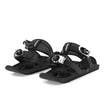
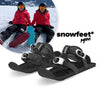





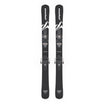

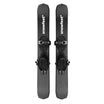




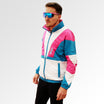

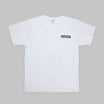



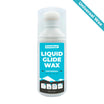


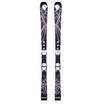








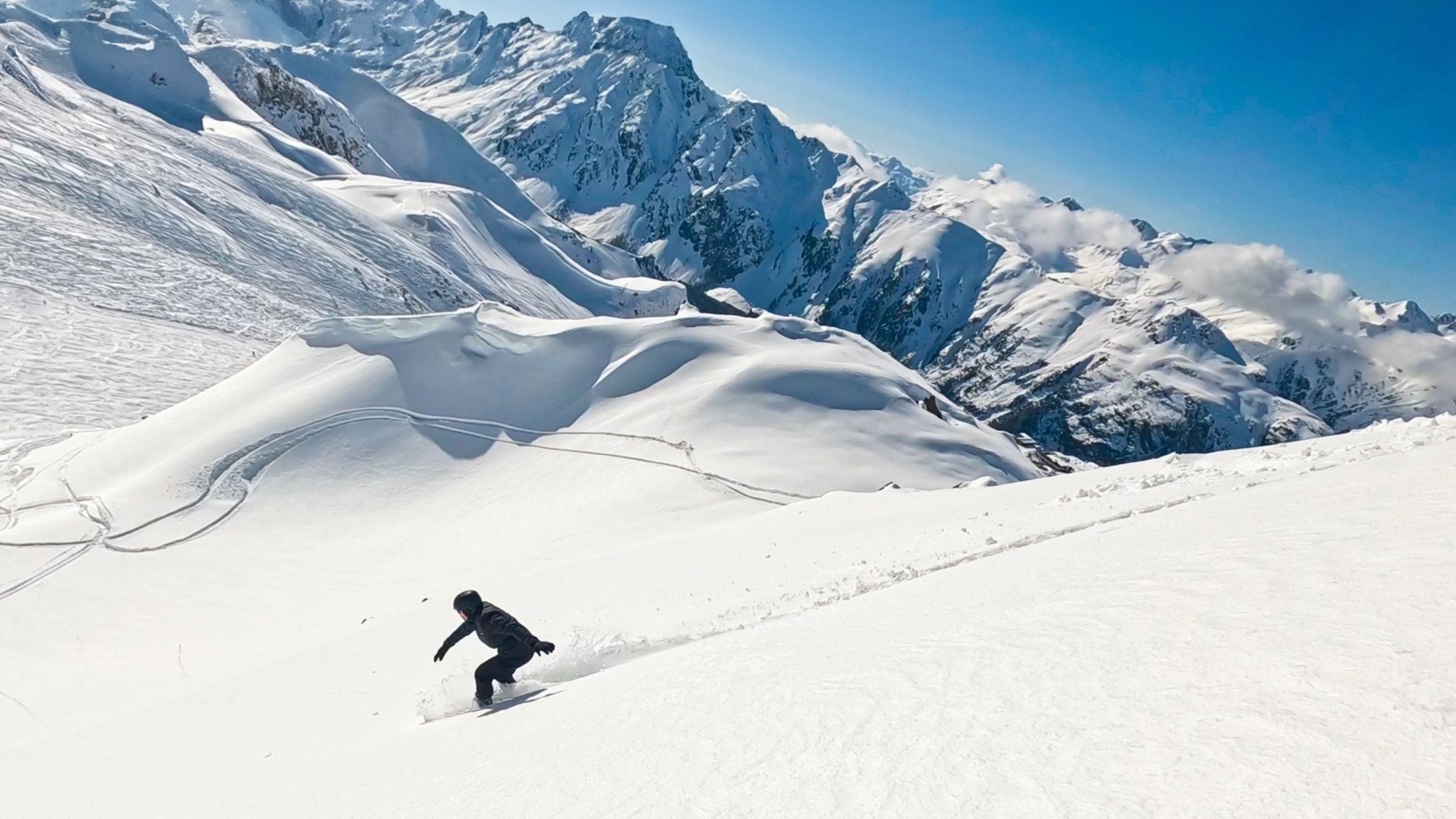


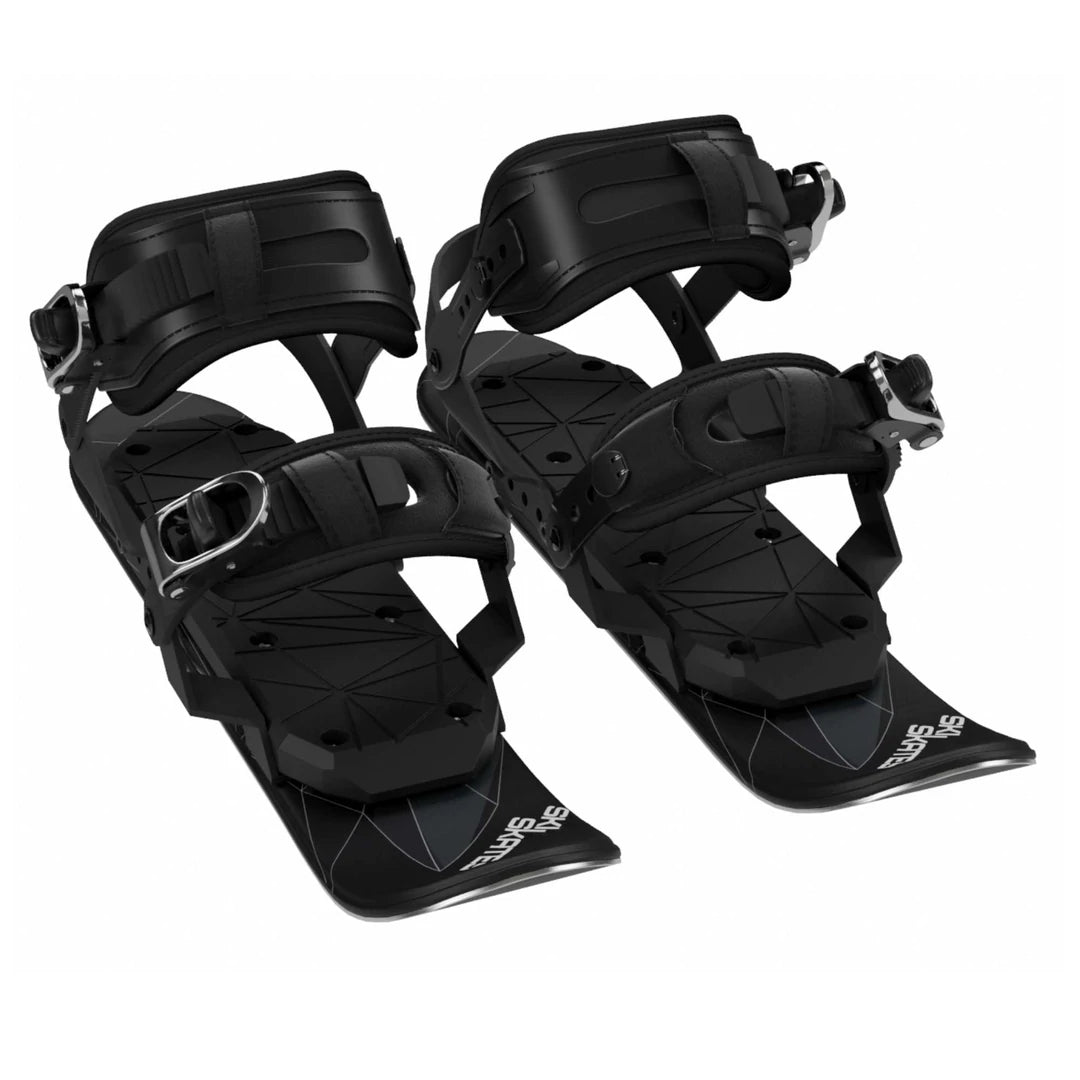
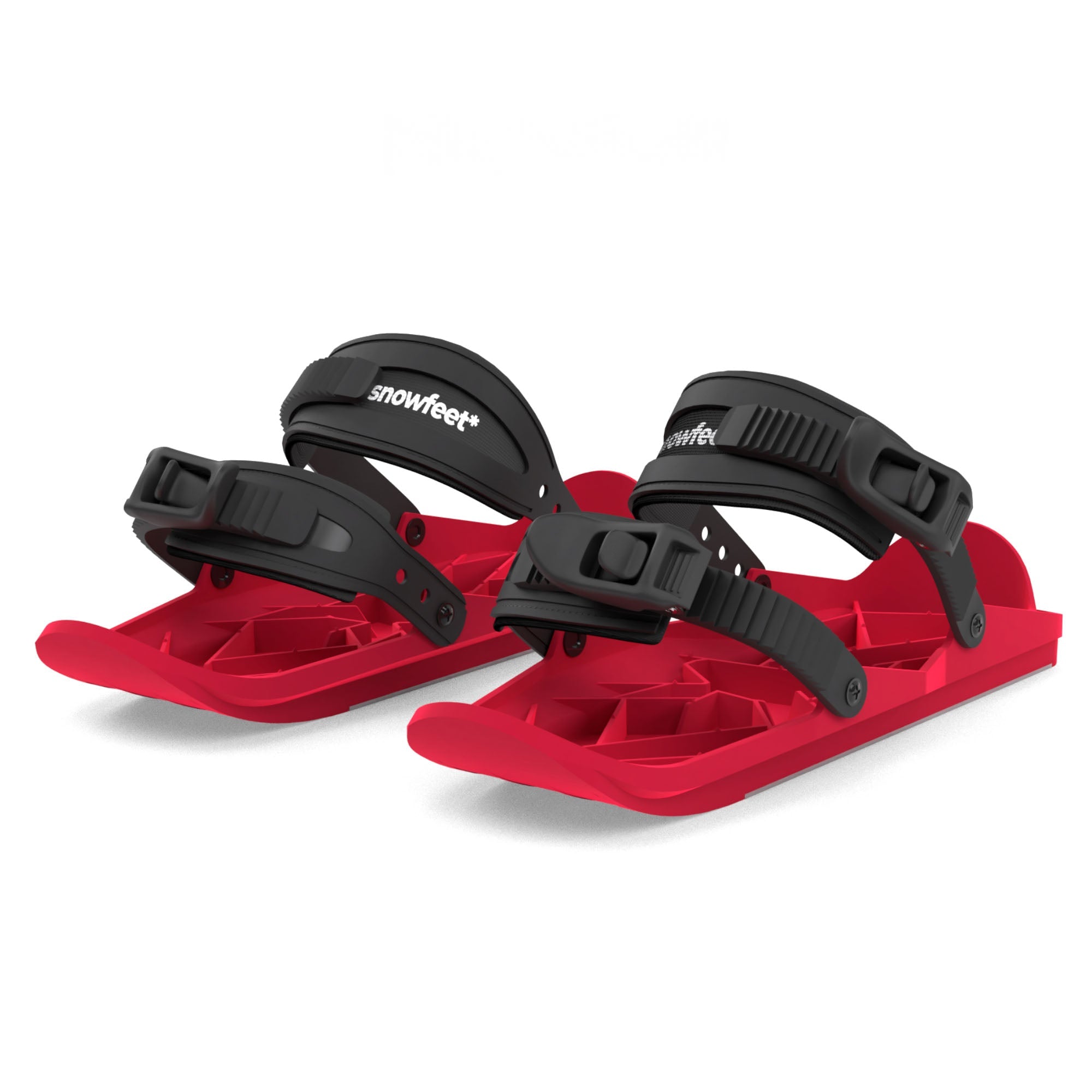











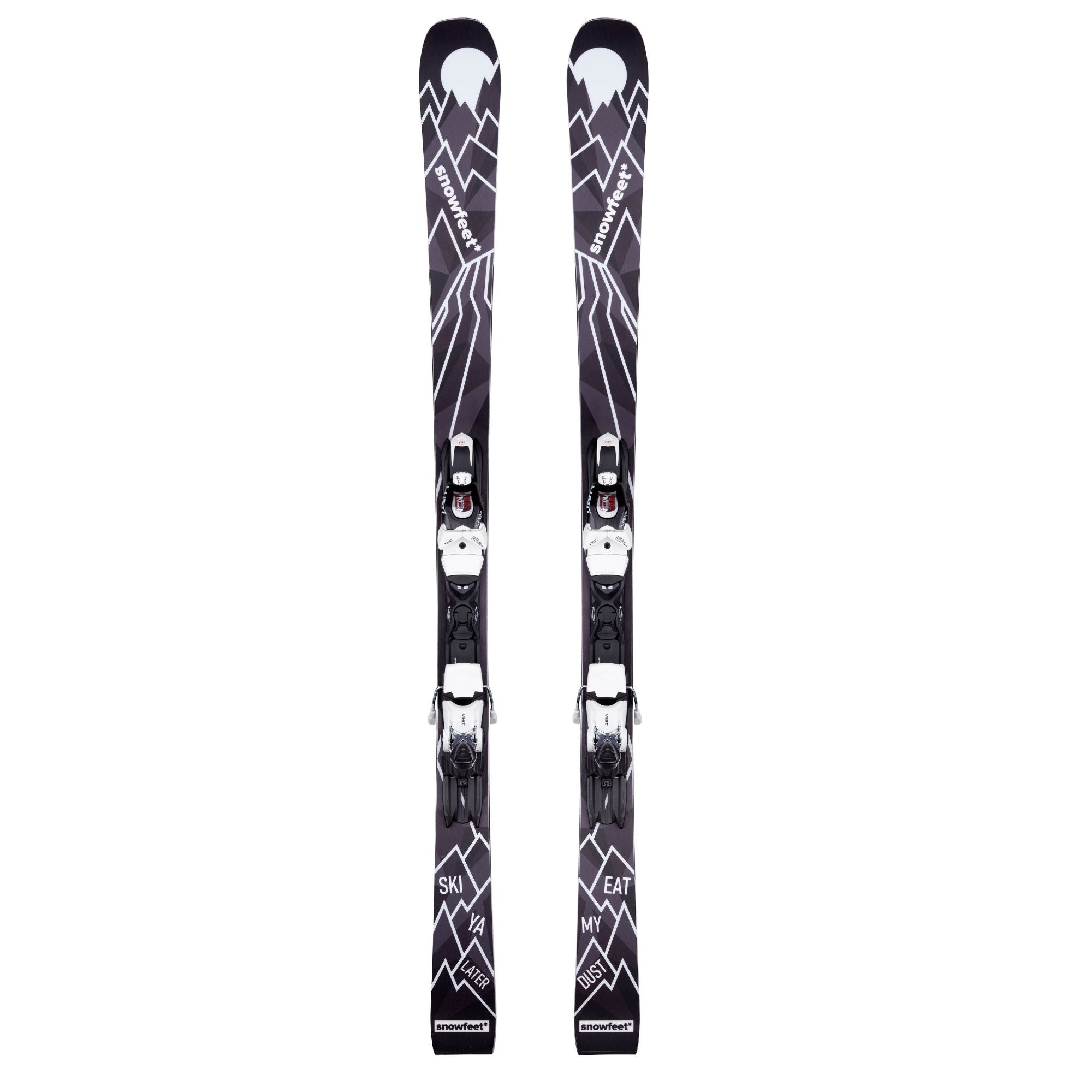

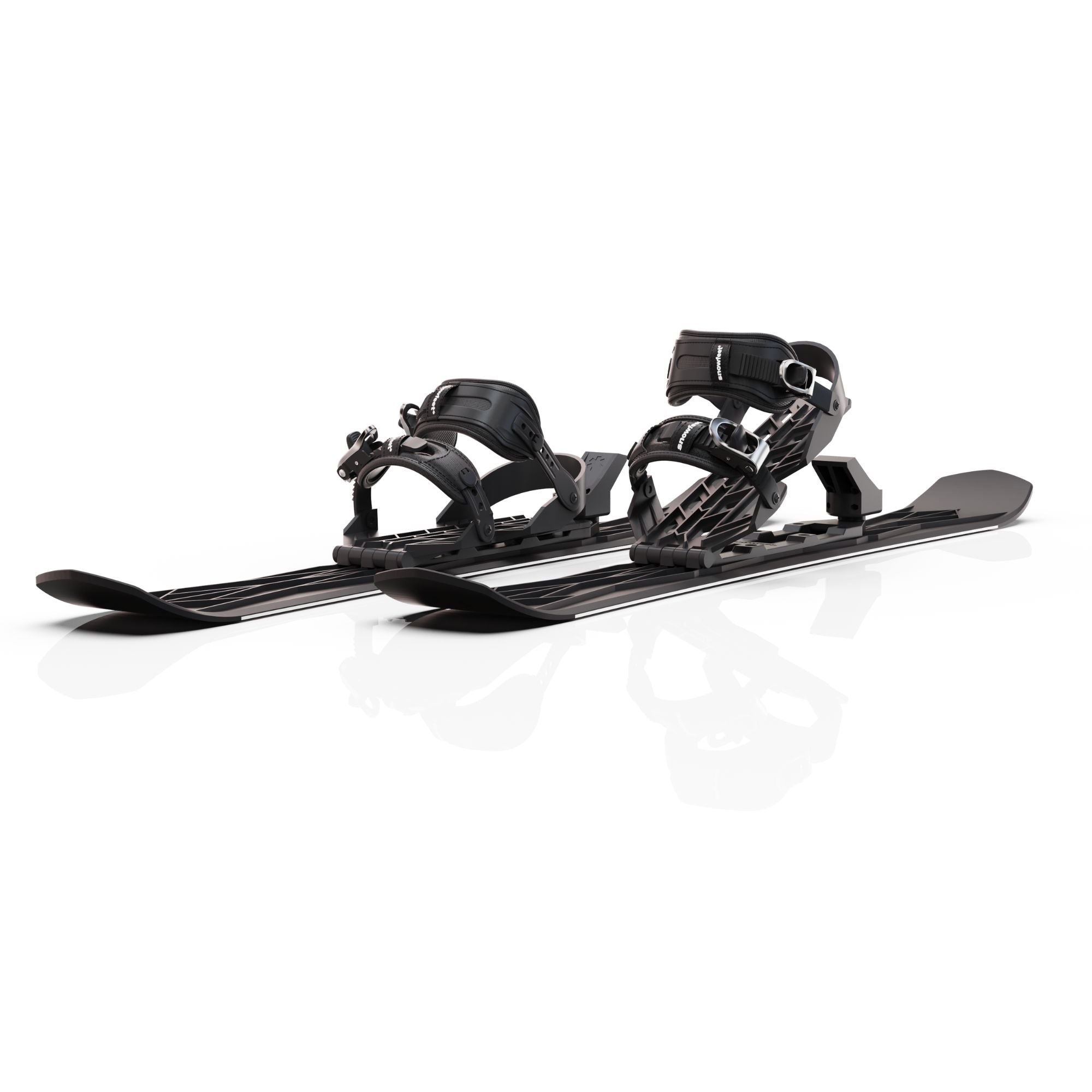


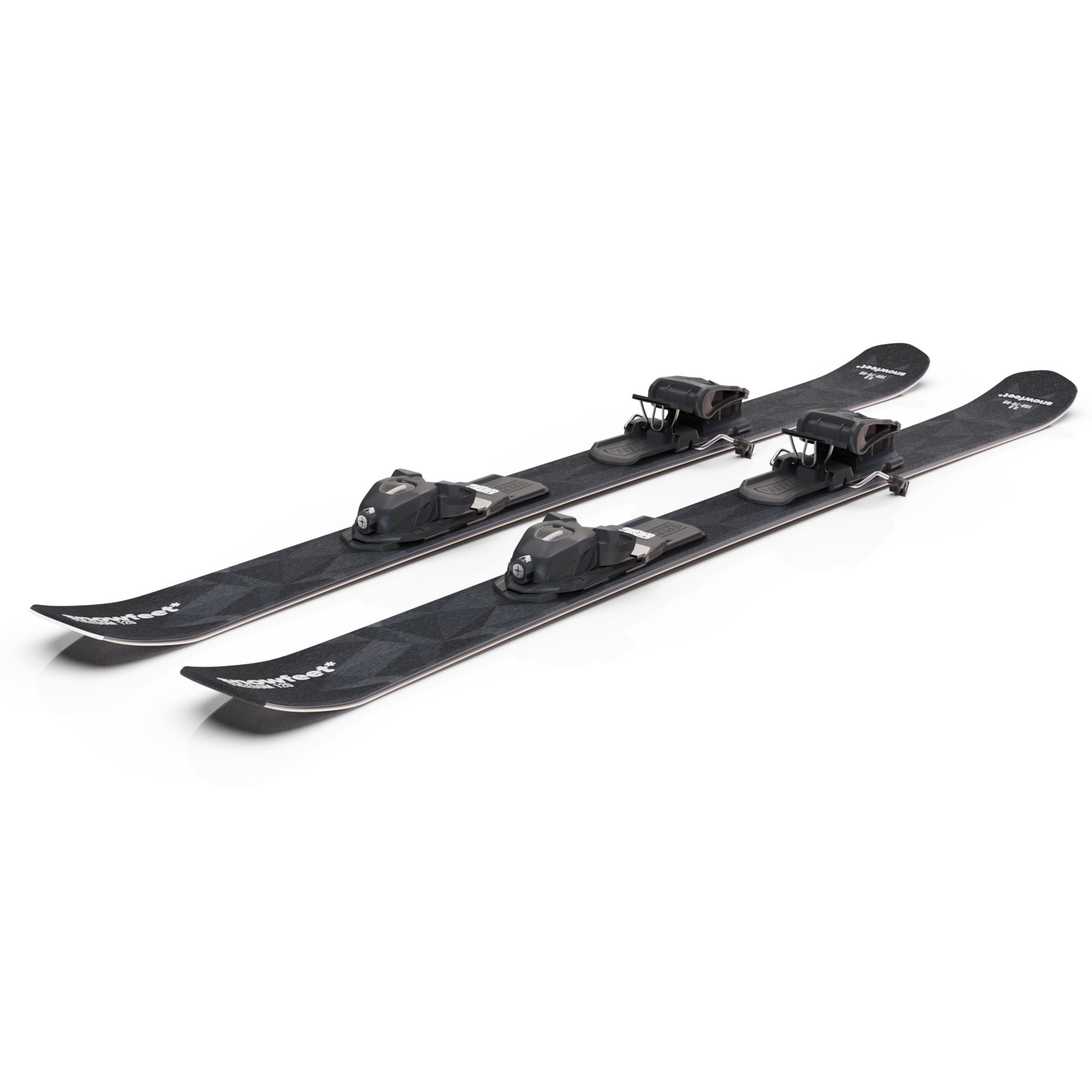

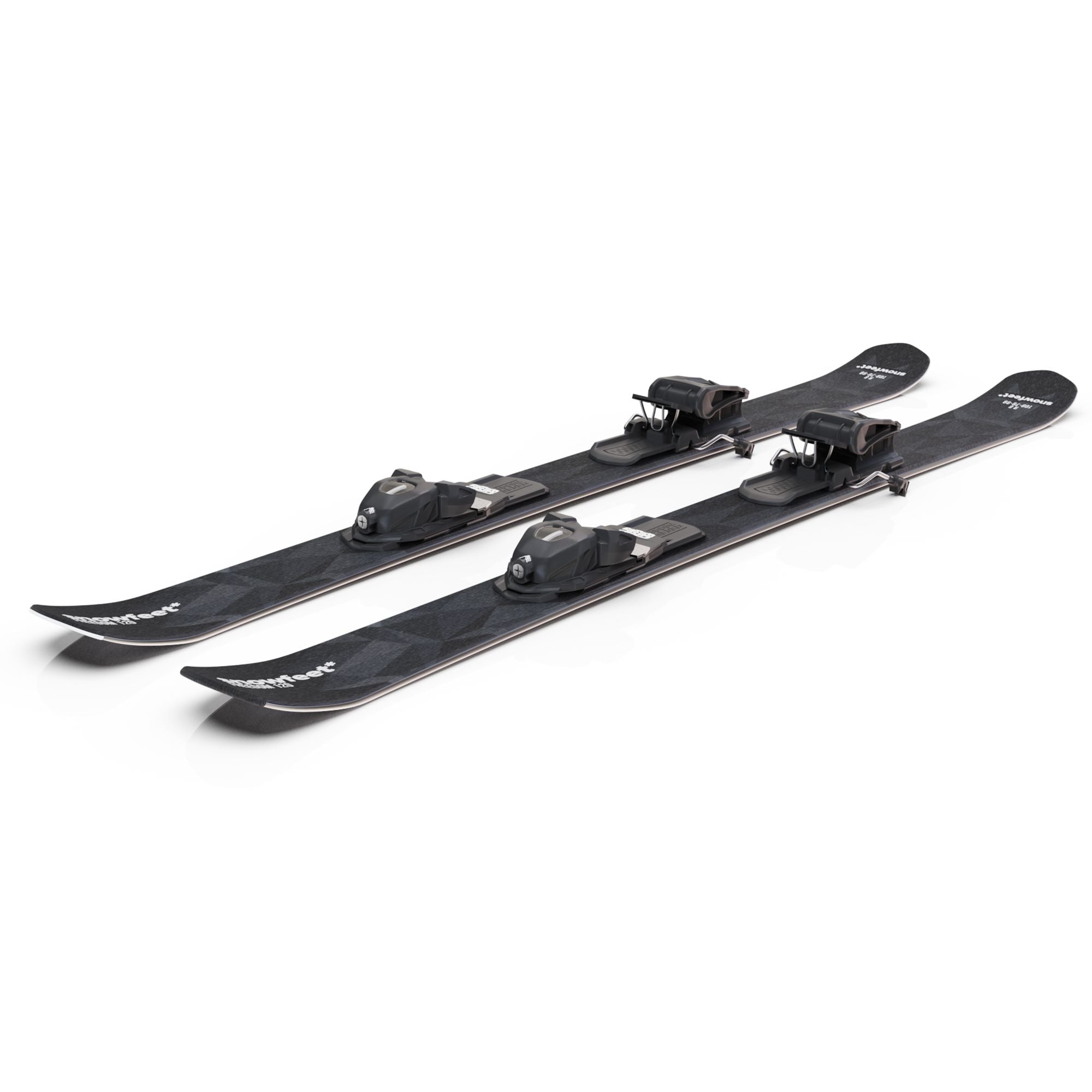
Laisser un commentaire
Ce site est protégé par hCaptcha, et la Politique de confidentialité et les Conditions de service de hCaptcha s’appliquent.